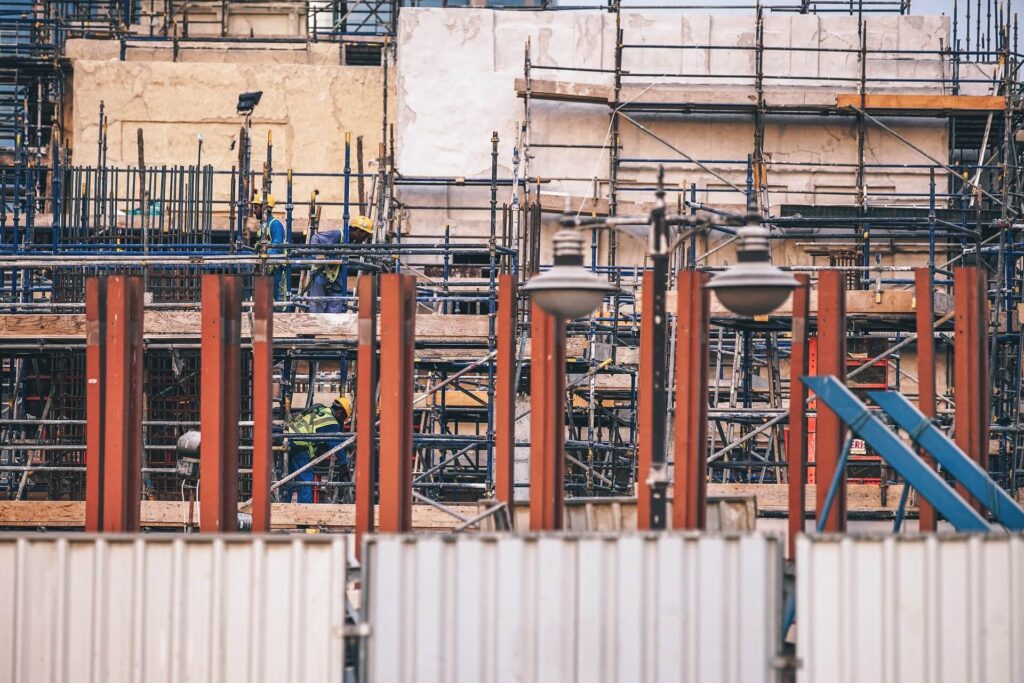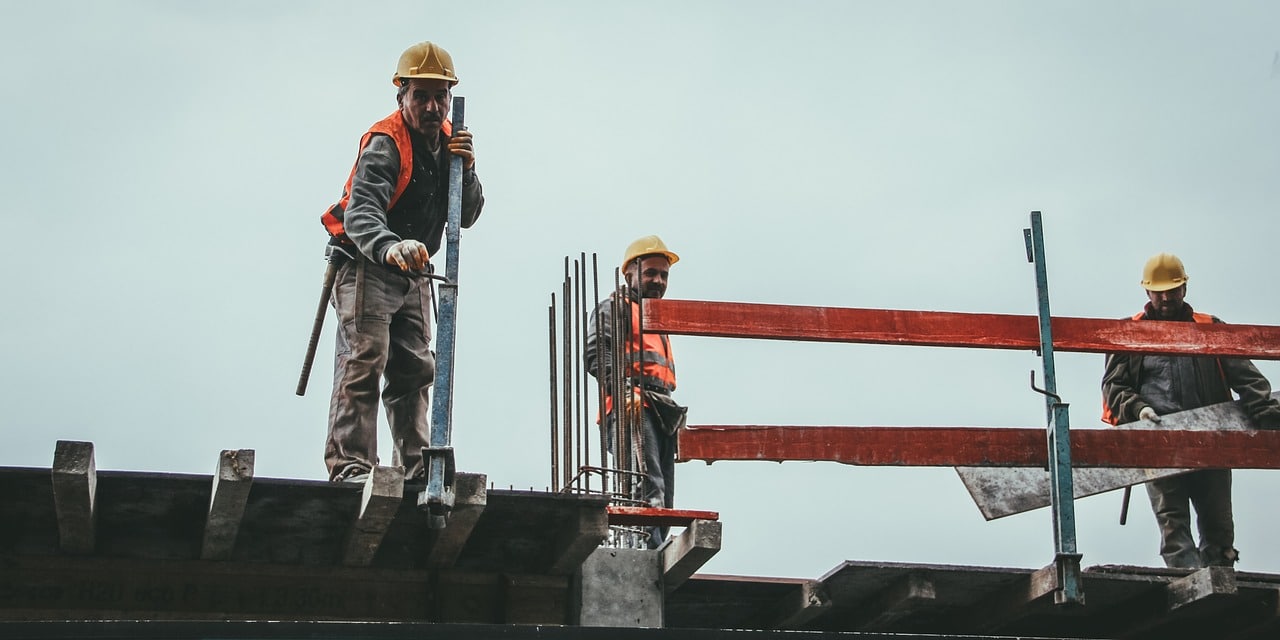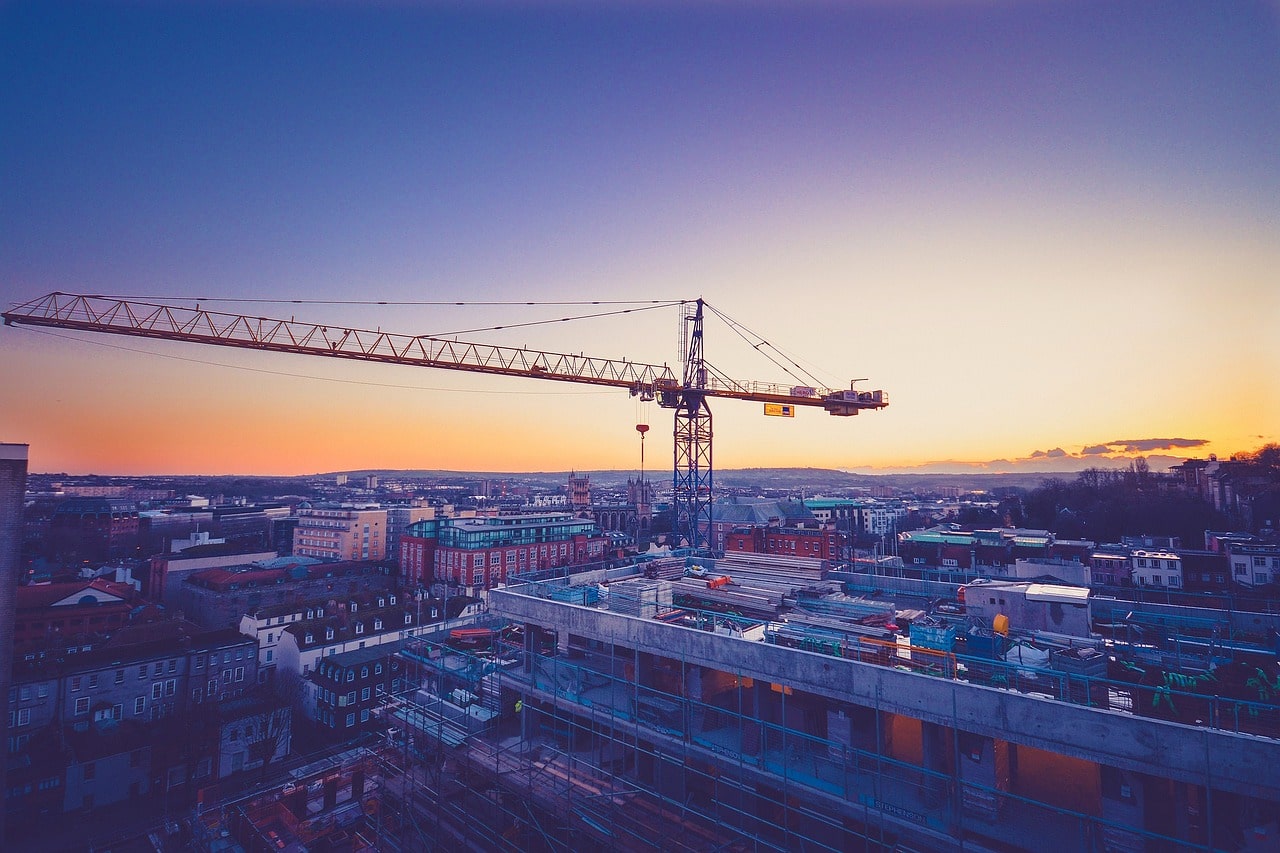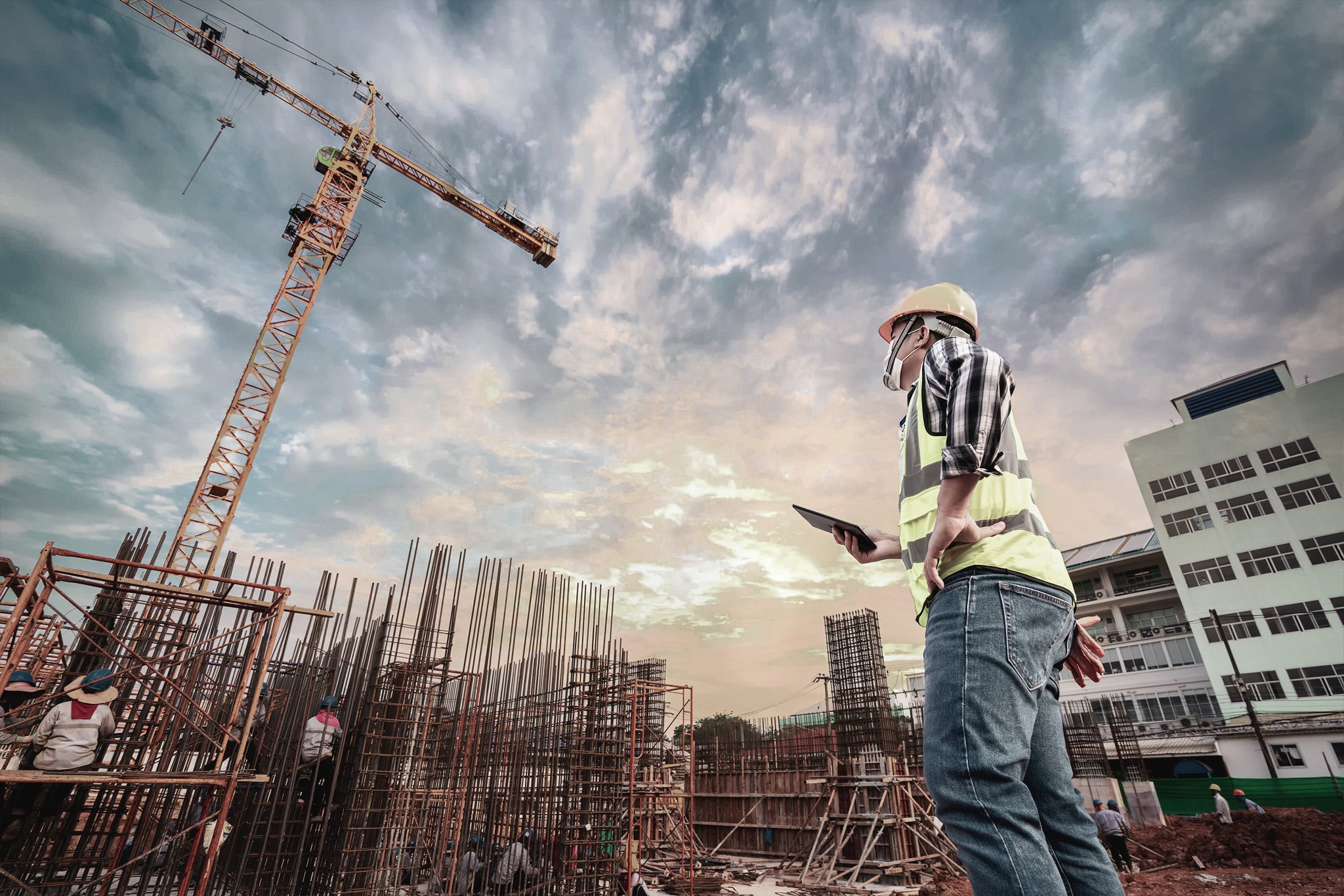A couple hundred years ago, when people were constructing their homes and buildings, they had one screw to choose from. Nowadays, there are dozens of different types of screws used within the construction industry and using the wrong one can mean the difference between a job well done and a job that doesn’t meet the current standards.
Almost all screws are made from steel and most are coated to make them more durable. Stainless steel and solid brass screws are two screws that resist corrosion naturally and they are better than other types of screws since they do not have a protective coating that can wear off over time.
The size of the screws is dependent on which type you are using, but many of them are available in multiple sizes. Screws are measured in both length and gauge, which is their diameter. When measuring the length of a screw, the type of screw will determine how the length is measured. Wood screws, drywall screws, deck screws, and any other screw that is flush or slightly under the material when screwed in, has a length that includes measuring the entire screw. Sheet metal screws and lag screws, the two most common screws that leave the head on the surface of the material, determine the length by measuring from the screw tip to just the underneath of the screw head.
When it comes to the types of threads that many screws have, they are categorized in a few different ways. Sometimes you will see screws labeled by the number of threads per inch or the distance between each thread. However, you will mostly see them labeled as coarse, which are deeper threads, and fine, which are threads that are closer together and not as deep.
5 Main Types of Screws Used in Construction
1. Wood Screws
A wood screw is a type of screw that has coarse threads, which grip the wood securely. This screw creates a tight connection when you are attaching wood to wood. As you are putting this screw in place, the threaded tip bites the bottom of the wood and continues to do so until both pieces of wood are held tightly together. The top part of the screw, or smooth part, will not grip the wood and instead will spin until the screw sits flush, or sometimes just below the wooden surface.
There are many different sizes of wood screws, so you must choose the one for the job you are doing at the moment. The most common wood screw size is a number 8, which has a diameter of approximately 5/32 of an inch. The best thing about these types of screws is that they are available for both interior and exterior projects. The exterior wood screws are either treated with zinc or galvanized, so that they do not rust from the elements.
2. Drywall Screws
Drywall screws do exactly what it sounds like they do and that is secure drywall to the joists or wood studs. These types of screws are available anywhere from one inch to three inches and a special drywall dimple bit is required to install them. You will not need to predrill any holes to insert these screws, since the drywall screws dig right in as soon as they reach the studs or joists.
It is important to know that if you are using these types of screws to attach drywall to metal studs, you must purchase drywall screws that state that they can be used for that method.
3. Masonry Screws
Masonry screws are also called anchors and you will notice immediately that they look quite different than other types of screws. They do not have a tip at the bottom, and some will require the use of a hex-head bit instead of a Philips head one. These screws are used to attach metal or wood to concrete and the holes must be predrilled before inserting these screws and securing them.
4. Decking Screws
Decking screws are mainly used to attach the flooring of a deck to the deck joists. These types of screws are similar to wood screws, but these are self-tapping and are available with both star-drive and Philips heads. The type of decking material that you use will determine which decking screws you need to purchase. Pressure treated wood requires an ACQ compatible decking screw, while composite decking materials often call for stainless steel decking screws.
5. MDF Screws
MDF screws are often used on medium density fiberboard materials, which is much of the interior trim of homes and buildings. Medium density fiberboard materials are harder than solid wood, which means that regular screws split the material. While you can use regular wood screws by simply predrilling all your holes, you can save a lot of time by purchasing and using MDF screws.
Other Types of Screws Used in Construction
Lag Screws
Lag Screws are a heavier duty screw that is used for wood and they are mostly used for outdoor projects that include playgrounds, fences, and garden structures. Most of the time, you will want to add a washer under the head to increase the strength and make the final assembly look nicer.
Timber Screws
Timber screws are commonly being used instead of lag screws today, since they have coarse threads and are long. These types of screws are stronger than many of the other screws available, which makes them perfect for structural construction.
Sheet Metal Screws
Sheet metal screws can be used for all types of thin metals and they are available with many different thread types and head shapes. Shorter sheet metal screws are perfect for gutters, while those with oval heads offer a finished look.
Machine Screws
Machine screws look like a bolt since they have a blunt tip and they are often used for joining plastic or metal together. These types of screws are not meant for wood, so please do not try to take the easy way out when these are the only screws you have on hand.
Concrete Screws
Concrete screws have a high-strength coating, along with a unique thread that allows it to grip concrete and many other materials used in masonry. These types of screws are available with two different heads. The hex head is best for surface installation, while the flat head is perfect for those times when you need the screw to be flush once it is installed.
Now that you know the different types of screws used in construction, you can easily perform the jobs you are doing with the correct ones. You will also no longer have an excuse to use the wrong screws, since you are now aware of why each one is better for certain jobs over others.




